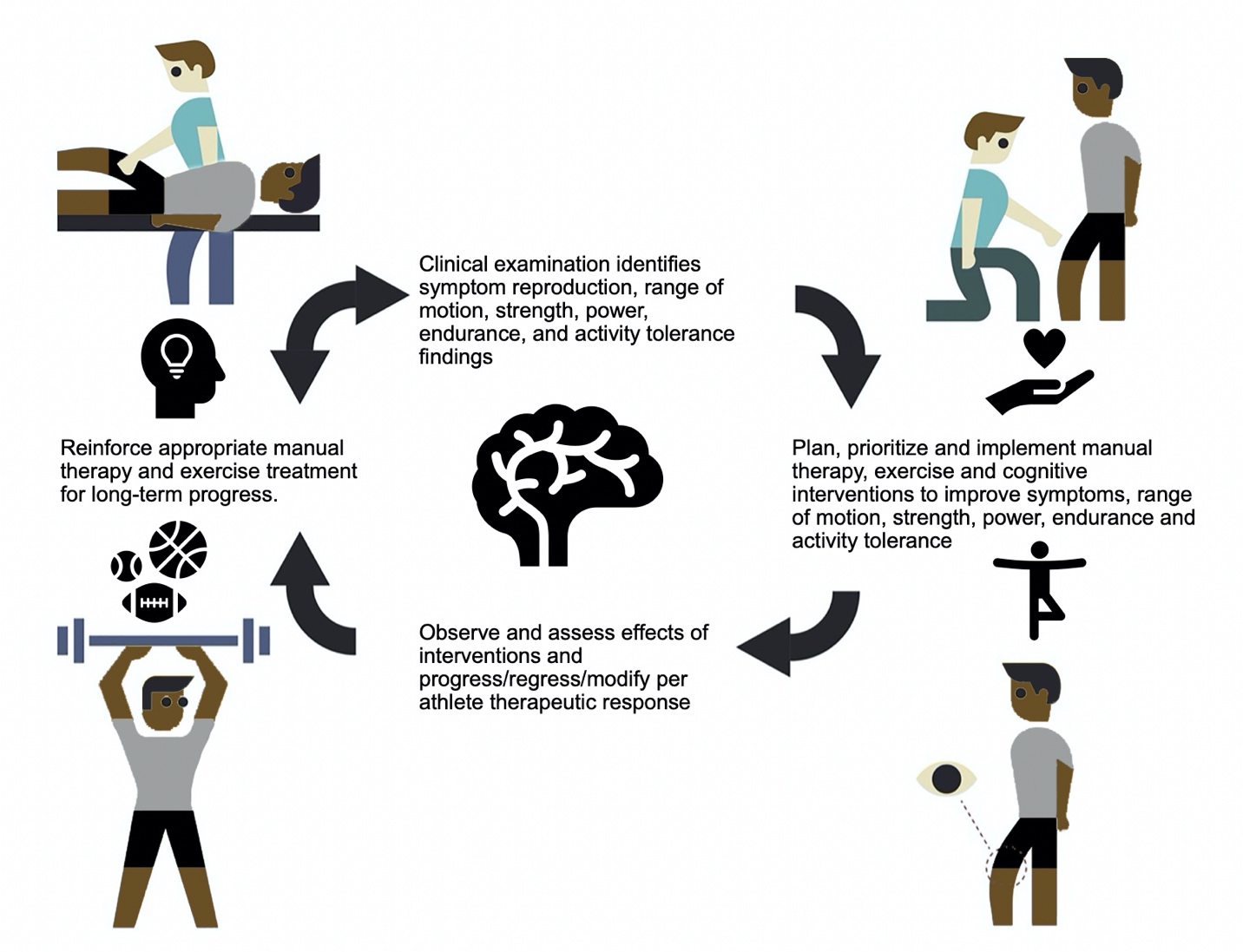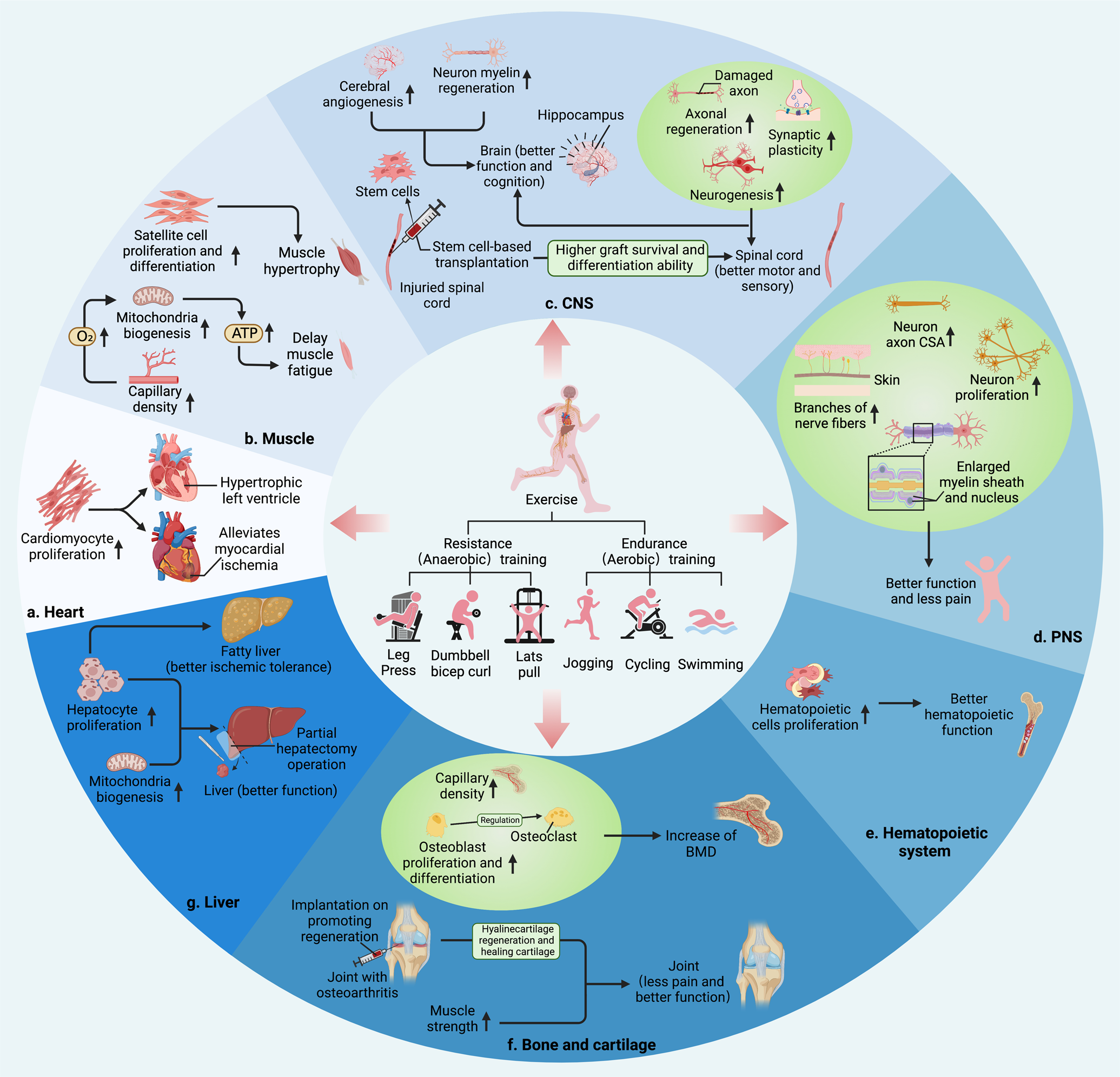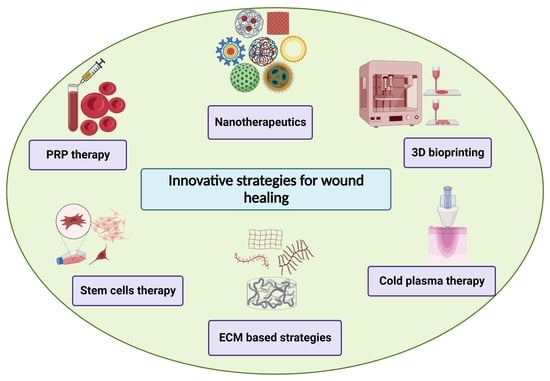Physical Address
304 North Cardinal St.
Dorchester Center, MA 02124

Physical therapy plays a crucial role in the recovery from sports injuries, aiding in the rehabilitation process and promoting a faster return to sports activity. Through tailored exercise programs, manual therapy techniques, and other modalities, physical therapists help athletes restore their strength, flexibility, and function, while reducing pain and preventing further damage.
In sports, injuries are common and can range from minor sprains to more severe issues like ligament tears or fractures. Recovering from these injuries requires a comprehensive approach that addresses both the underlying condition and the athlete’s specific needs. Physical therapists work closely with athletes to assess their condition, set goals, and develop personalized treatment plans.
By providing guidance, support, and hands-on care, physical therapy enables athletes to recover effectively, regain optimal function, and safely return to their sport.

Credit: ijspt.scholasticahq.com
The Importance of Physical Therapy for Sports Injury Recovery
Sports injuries are an unfortunate reality for athletes of all levels. Whether it’s a sprained ankle, torn ligament, or a chronic overuse condition, these injuries can have a significant impact on an athlete’s performance and overall well-being. That’s where physical therapy plays a crucial role in the recovery process. By focusing on rehabilitation and injury prevention, physical therapy helps athletes regain their strength, mobility, and confidence.
A key aspect of physical therapy for sports injury recovery is the implementation of customized rehabilitation programs. Every athlete is unique, and their injuries require personalized attention. Physical therapists work closely with athletes to assess their specific needs and develop a tailored treatment plan. These programs often include a combination of exercises, stretches, and therapeutic modalities to address the underlying causes of the injury and facilitate healing.
Here is an example of a customized rehabilitation program for a common sports injury like a sprained ankle:
| Phase | Objective | Treatment |
|---|---|---|
| Acute Phase | Reduce pain and swelling | RICE method (Rest, Ice, Compression, Elevation) |
| Subacute Phase | Restore range of motion and strength | Gentle exercises, such as ankle circles and toe raises |
| Advanced Phase | Improve balance and agility | Balancing exercises, single-leg squats, and plyometric drills |
In addition to exercises and stretches, physical therapists utilize hands-on therapeutic techniques to expedite the healing process. These techniques aim to reduce pain, improve joint function, and enhance tissue flexibility. Examples of hands-on therapeutic techniques commonly used in sports injury recovery include:
By incorporating these hands-on therapeutic techniques into the rehabilitation program, physical therapists can address not only the physical repercussions of the injury but also the emotional and psychological aspects that may arise during the recovery process.
Targeted exercises play a vital role in speeding up the healing process for sports injuries. Physical therapy focuses on custom exercises to address specific areas, promoting faster recovery and improved strength and mobility. This tailored approach helps athletes return to peak performance more quickly and safely.
The role of physical therapy in sports injury recovery is crucial in not only alleviating pain but also in restoring movement and function. One of the key methods used by physical therapists to accelerate healing and promote optimal recovery is through targeted exercises, specifically functional movement training.
Functional movement training focuses on exercises that mimic the specific movements required for an individual’s sport or activity. By incorporating exercises that replicate the range of motion, strength, and coordination needed, physical therapists can directly address the underlying causes of the injury and enhance the body’s ability to heal.
In addition to functional movement training, physical therapists also utilize strength and conditioning protocols to expedite the healing process. These protocols involve a systematic and progressive approach to rehabilitation, encompassing exercises that gradually increase in intensity to rebuild strength and stamina.
By tailoring strength and conditioning protocols to the individual’s needs and injury, physical therapists can enhance tissue healing, improve muscle balance, and prevent future injuries. These exercises often focus on targeting specific muscle groups related to the injury, ensuring a complete and well-rounded recovery.
When athletes face sports injuries, physical therapy plays a crucial role in their recovery. Utilizing advanced modalities can significantly enhance the rehabilitation process and expedite the return to peak performance. Incorporating cutting-edge techniques like electrotherapy, ultrasound, cryotherapy, and heat therapy can promote faster healing, reduce pain, and improve overall function. Let’s explore the role of these modalities in sports injury recovery.
Electrotherapy involves the use of electrical stimulation to manage pain, reduce muscle spasms, and promote tissue healing. This modality can target specific areas of the body, aiding in muscle strengthening and re-education. Ultrasound therapy utilizes sound waves to generate heat within the body tissues, enhancing circulation and accelerating the healing process.
Cryotherapy involves the application of cold therapy to reduce inflammation, alleviate pain, and minimize swelling. This modality can constrict blood vessels and numb the affected area, providing relief from acute injuries. Conversely, heat therapy helps to increase blood flow, relax muscles, and improve flexibility. It can be effective in treating chronic conditions and enhancing tissue extensibility.

Credit: www.nature.com
Manual therapy plays a crucial role in the rehabilitation of sports injuries. By targeting specific areas of the body with hands-on techniques, physical therapists can help athletes recover faster and regain optimal function. In sports injury rehabilitation, manual therapy includes soft tissue mobilization and joint mobilization techniques.
Recovering from a sports injury is a crucial phase for athletes seeking to return to peak performance levels. Utilizing sports-specific rehabilitation techniques can significantly enhance the recovery process and help athletes regain strength, flexibility, and agility to maximize their performance.
Sport-specific exercise simulations target the exact movements and skills required for a particular sport, aiding in the recovery and strengthening of specific muscle groups through tailored exercises.
Implementing injury prevention strategies in physical therapy programs can help athletes build resilience against potential injuries, ensuring a safer and more sustainable return to sports activities.

Credit: www.mdpi.com
Physical therapists help athletes recover from injuries by providing personalized treatment plans, including exercises and manual therapies, to improve strength, flexibility, and range of motion. They also offer guidance on injury prevention and work closely with athletes to ensure a safe and efficient return to their sport.
Physical therapy helps recovery by improving strength, flexibility, and mobility through targeted exercises and techniques. It reduces pain and inflammation, promotes healing, and enhances overall function. By addressing the root cause of the problem, physical therapy accelerates the recovery process and prevents future injuries.
Physiotherapy plays a critical role in injury recovery by providing targeted exercises and treatments to improve mobility. It focuses on reducing pain, restoring function, and preventing further injury. By addressing the root cause of the issue, physiotherapy helps individuals regain strength and flexibility for a faster, more effective recovery.
Physical therapy after injury helps improve mobility, reduce pain, prevent future problems, and enhance overall well-being. It speeds up recovery and restores strength.
Physical therapy plays a crucial role in the recovery process for sports injuries. By providing personalized treatment plans and rehabilitation exercises, physical therapists help athletes regain strength, flexibility, and functionality. This holistic approach not only speeds up recovery but also minimizes the risk of re-injury, allowing athletes to return to the game stronger than before.

